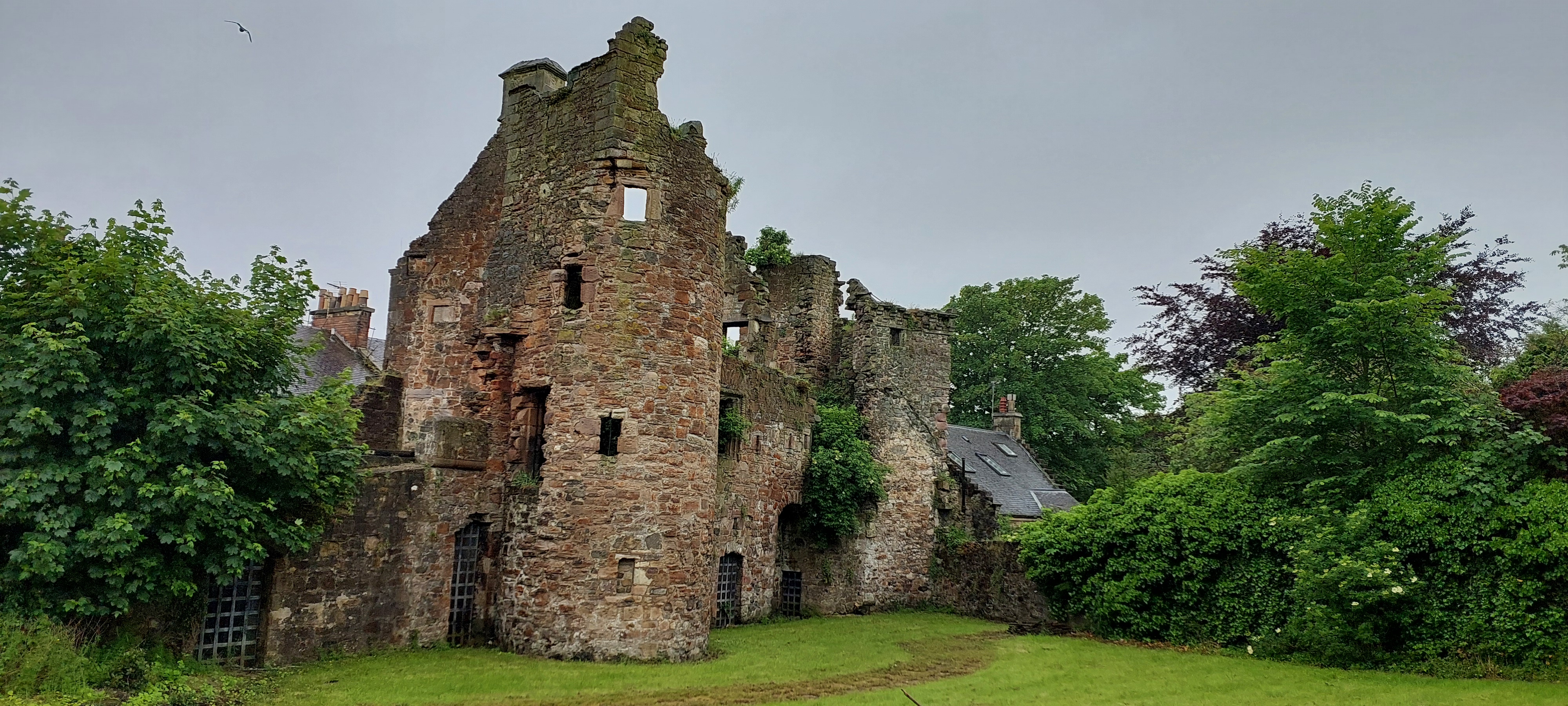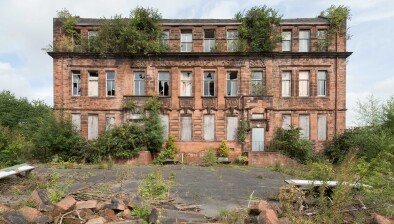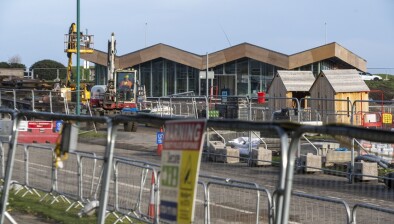Buildings at Risk Register paused to consider alternative approaches

Seagate Castle in Irvine
Historic Environment Scotland (HES) has taken the decision to pause the Buildings at Risk Register (BARR) in order to consider long-term options for its future.
The move comes after a review concluded the register was not helping to bring buildings back into use.
The BARR was set up in 1990 in response to concern at the growing number of listed buildings and buildings in conservation areas that were vacant and in disrepair. The register was first developed by the Scottish Civic Trust with funding from Historic Scotland.
Its purpose was set out as “…to put potential restorers in touch with owners who are not in a position to tackle the problems themselves, in the hope of encouraging fruitful dialogue which might result in a building being given a new lease of life.”
From 2011-2015 BARR was managed by RCAHMS and since 2015 it has been maintained by HES. It provides information about properties of architectural or historic interest considered to be at risk. As of January 2024, 2,219 buildings were on the BARR.
HES commissioned Harlow Consultancy to carry out a review of the BARR, focusing on assessing its impact in bringing buildings back into use in order to make evidence-based recommendations for its long-term future.
The report found that there is insufficient evidence to demonstrate that the BARR has a significant impact in bringing buildings back into use. HES has therefore taken the decision to pause the BARR in order to consider long-term options for its future.
Elizabeth McCrone, director of heritage at HES, said: “We commissioned this review of the BARR as we recognise the important role HES has to play in helping to bring buildings back into use, and we want explore how we can do this in a way that has the most positive impact.
“We remain committed to proactively supporting the long-term sustainable reuse of buildings that are vacant, neglected, or at risk of demolition. Pausing the BARR will allow us to look at alternative ways we can do this more effectively.
“As we consider the future of the BARR, we will continue the conversation with key stakeholders to see if there are alternative solutions that harness the potential of historic buildings not currently in use and deliver benefit to communities across Scotland.”
The existing BARR website will remain accessible as a resource, however it will not be updated with new information.














